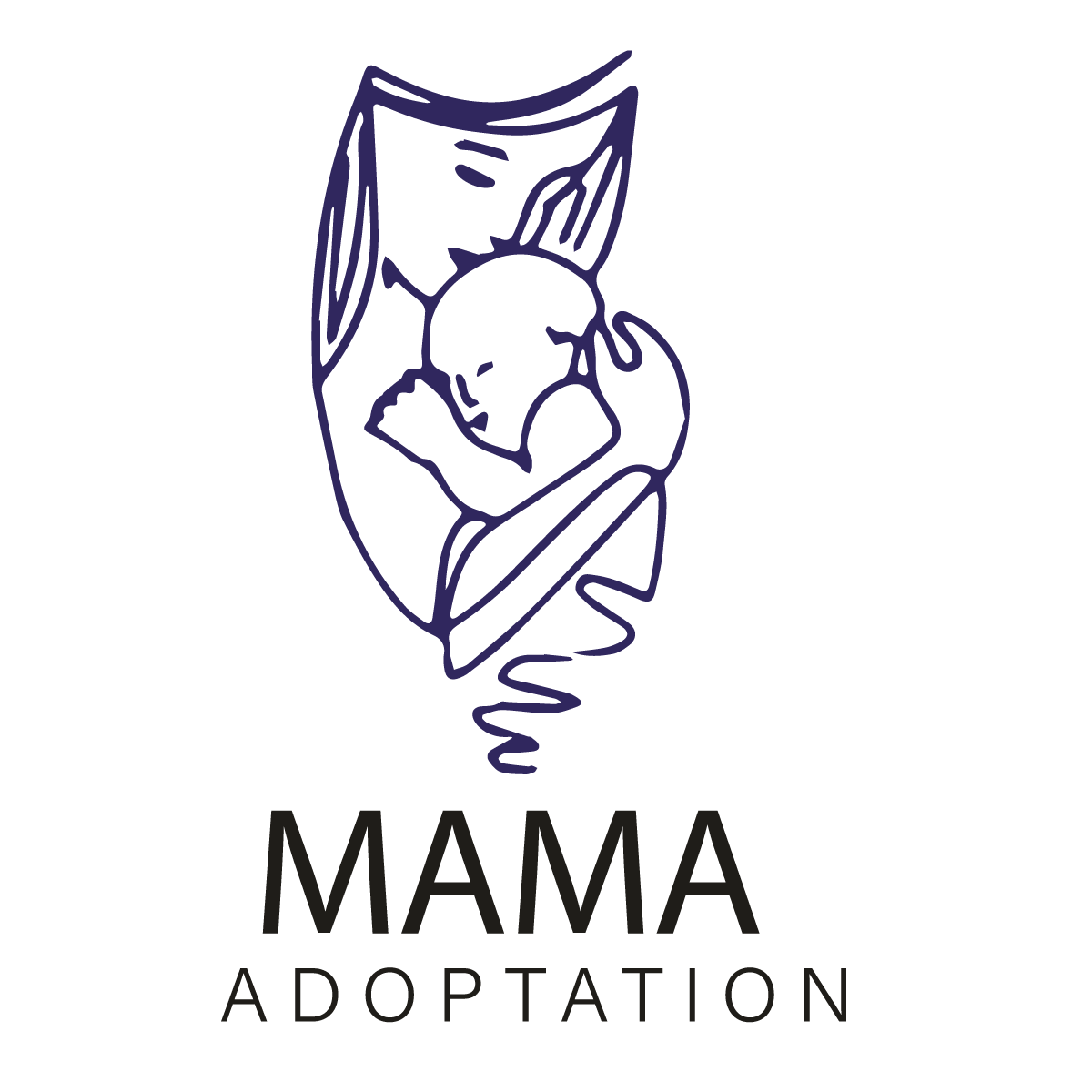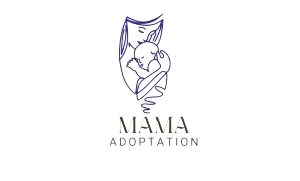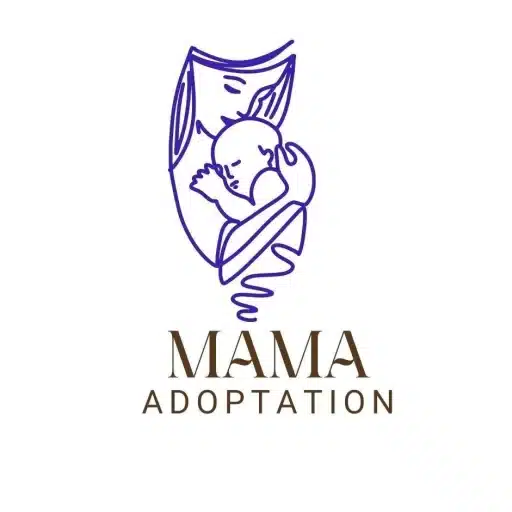As a new parent, it is important to know the best baby feeding positions for the comfort of the baby. We are here to help you out. Discover the art of nurturing your little one with our guide to the best baby-feeding positions. Whether you’re embracing breastfeeding or opting for bottle-feeding, this comprehensive guide explores positions for every growth stage. From the gentle cradle hold for newborns to interactive sitting positions for toddlers, join us on a journey of adapting positions, fostering connections, and ensuring a joyful feeding experience. Let’s explore the comfort of feeding together!
Types Of Baby Bottle Feeding Positions:
There are several types of bottle-feeding positions for babies, some of them are as follows:
- Elevated Side-Lying Feeding Position
- Sitting Position
- Baby on Your Legs
- Cradling Position
Let’s discuss these types of baby bottle-feeding positions in detail.
Elevated Side-Lying Feeding Position:
- Suitable for premature babies.
- Sit with your feet on a footstool on your knee and a pillow.
- Swaddle the child’s shoulders with a lightweight towel or sheet.
- Positioning the baby on either the back or on the side, with the head aside and on the pillow in such a way as to keep the straight position of the back.
Sitting Position:
- To have the baby in an upright position, with the back towards you.
- This position will be good for babies suffering from acid reflux as it ensures it is not easy for milk to come back to the stomach easily.
Baby on Your Legs:
- Lean on your knees and sit or lie down on the floor.
- Place the baby on your legs, with their head near your knees and back against your thighs.
Cradling Position:
- Perfectly fit for very young babies.
- Keep the baby in the crook between your two hands, and feed it with the other.
- It allows for a lot of skin-to-skin contact, hence, creating a bond between the baby and the parent.
Tips for Bottle Feeding:
Here are some general tips for bottle-feeding a toddler:
- Choose the right bottle and nipple for your baby.
- Prepare the formula carefully.
- Create a calm environment for your baby.
- Keep the communication close and have the baby nestling during breast-feeding time.
- Provide support for the baby’s head to enable comfortable feeding and breathing.
- Do not allow the baby to be alone with a propped-up bottle to prevent the possibility of choking.
- Burp your baby.
Also Read: How Often To Replace Baby Feeding Bottles & Nipples
Types of Breastfeeding Positions:
Several breastfeeding positions do exist. The methods are diverse, including comfort, postpartum recovery, and helping with breastfeeding specifically for cesarean birth and twin feeding. Here are some important types for you:
Cradle Hold:
- Sit in a chair or a bed that you are comfortable with.
- Hold the baby with their small back against your legs and facing you.
- Keep the baby’s head on your forearm and the nose focused on your nipple.
- The baby’s line of the ear, upper torso, and hip should be straight.
Lying on Your Side:
- Lie down on your side with the front of the child towards you, facing tummy to tummy.
- Put the baby’s ears, shoulders, and hips into a straight line.
- Use cushions or pillows for the support you need.
Laid-Back Nursing (Biological Nursing):
- Use cushions/pillows to support yourself.
- Position the baby on your chest, tummy down.
- Help the baby to direct to the nipple as the baby is upright.
- Lie down comfortably with your head on a pillow and your body more or less horizontally.
Rugby Hold (Clutch):
- Place yourself in a chair with a cushion or pillow beside you.
- Bring your baby to side-lying, under your arm holding their nose level with your nipple.
- Help to the baby’s neck with the palm of your hand.
Benefits of Breastfeeding:
Breastfeeding is not an alimentary but relational act that has a wide range of health advantages for both parent and child. Apart from the health benefits, others like the social and emotional aspects of breastfeeding, make it an incomparable experience. Here are some key benefits to consider:
- 1- Emotional Bonding:
Through breastfeeding, the bond between the parent and the baby is emotional. The close skin-to-skin contact between the parents and the baby during nursing lets the baby feel their familiar odour, touch, and voice. Such an interaction time creates a feeling of security and accommodating the baby thereby laying the ground for strong emotional linkage.
- 2- Optimal Nutrition:
Breast milk is a repository of essential nutrients needed for a toddler’s healthy growth. It consists of the antibodies that prevent infections, such as diarrhea or respiration issues. The nicely balanced composition of breast milk guarantees that the baby will get a mixture of proteins, fats, and carbohydrates in the most appropriate ratio for health.
- 3- Health Benefits for the Baby:
Breastfeeding leads to many health improvements in children. They have a lower risk of developing medical problems like obesity or diabetes, high cholesterol, asthma, allergies, and certain cancers among children. The natural antibodies in breast milk add further protection, upgrading the baby’s immune system.
- 4- Health Benefits for the Parent:
For the baby, the benefits are great, the parent gets the benefits too. It is an experience, which brings you closer and hence improves the bond. Besides, breastfeeding is an easier and cheaper way of nourishing an infant which promotes parenting capabilities in the care provider as well.
- 5- Long-Term Health Benefits:
Long-term effects of breastfeeding include the reduction of heart disease risk for the parent throughout the lifetime. Certain types of breast and ovarian cancer risks are also reduced when the baby is breastfed. The lasting effects of this are proof of the strength of breastfeeding as a full approach to both short-term and long-term health.
- 6- Environmental Sustainability:
Surprisingly breastfeeding enhances environmental sustainability. Instead of using formula feeding, parents choose breastfeeding to minimize packaging waste and save the energy that would otherwise be spent in producing and distributing bottles. It’s a tiny but meaningful step away from the tributaries into a greener parenting option.
Also Read: Is It Safe For Babies To Sleep On Their Sides?
Adapting Positions as Your Baby Grows: From Newborn to Toddlers
As your baby makes an exciting and incredible journey to grow and develop, the way you feed him or her changes too. Adapting to a particular positioning of a baby while feeding is not just there to help you out but also important to keep the baby comfortable and create a favorable feeding environment. We will therefore look at how feeding positions can be modified from newborns to highly active toddlers.
Newborn to Infant Transitions:
- 1- Cradle Hold for Newborns:
The most popular of all, the “Cradle Hold,” makes a perfect nook for babies during cuddling with its soft rocking motion, unlike the gadgets with vibrating parts. Keeping the baby’s head supported properly and making sure your nipple and nose are aligned eases latching and makes it the right way. To cope with long breastfeeding sessions and maintain the baby’s comfort and the caregiver’s ease, consider adding a breastfeeding pillow which is an effective solution
- 2- Cross-Cradle Hold for Better Control:
As the neck strength and control increase gradually, cross-cradle becomes a brilliant alternative for caregivers. Additionally, the doughnut shape of the pillow that this positioning entails offers extra support to mothers looking for advice as well as a chance to position the baby’s head for easier latching. This coddling hold corresponds to the baby’s development nature, promoting an encouraging atmosphere for both parent and baby.
- 3- Football Hold for C-Section Recovery:
Cradling the baby under the mom’s arm like a football is the best football hold for mothers having a c-section. This position frees your abdomen from pressure and ensures visibility for observers checking whether the baby is latched correctly while feeding. This position provides comfort and visualization too.
Feeding Positions For Toddlers:
- 1- Sitting Up for Engagement:
Your baby is becoming a toddler this is when upright feeding becomes a common experience.
While eating, use a stable high chair or booster seat to achieve good posture and stay engaged.
- 2- Embracing Independence with Self-Feeding:
Promote healthy toddler development by introducing age-appropriate finger foods. Enhance motor skills and mealtime enjoyment by sitting alongside them in a relaxed atmosphere, allowing toddlers to explore flavors and textures at their own pace.
- 3- Adapting Traditional Holds:
Growing up your baby, the cradle and cross-cradle hold remain applicable to dynamic changes. Think of different methods, like a personalized carry, where the baby’s head is resting comfortably on your arm and secured, allowing for more versatility in the caregiving process as your child grows.
Tips for Maintaining Comfort for Your Toddler:
Here are some tips for maintaining comfort for your toddler:
- 1- Be Flexible and Responsive:
Watch for your baby’s cues and expressions. If they look like they are not so comfortable in some posture, be ready to try other ways.
- 2- Provide a Comfortable Environment:
Make sure that the feeding place is free from distractions while giving it a cozy look. This can be more advantageous in the toddler stage. The attention span may wander at this time.
- 3- Stay Connected:
Keep eye contact while having the feedings and engage with your child. This linking thereby creates an in-built security and comfort in both the chosen and the default positioning.
In reality, changing feeding positions as the baby gets older is, in turn, a wonderful example of the dynamic parent-child partnership. Walk with the changes with an open mind, creating a supportive environment for you and your little one as you move through each different growth stage.
Also Read: Is My Baby Too Skinny Or Thin?
Bottom Line:
In conclusion, either bottle-feeding or breastfeeding will entail finding favorable positions for the establishment of a good mother-child connection. Let your child adapt to the feeding positions at all stages of growth from newborn to toddler. It is for comfort and engagement. Stay adaptive, and reactive, and keep a connected environment for a supportive route escorting through every stage of development.
Frequently Asked Questions:
What is a comfortable position to feed a baby?
Breastfeeding: The Cradle or the Hold or the Football.
Bottle-feeding: The child Will Hang or Sitting Up.
Combo Feeding: Alternate positions.
Comfort: Pillows provide the support you need.
Burping Breaks: Breathing pauses can be part of a burping process.
How do I comfort my baby while breastfeeding?
Make your baby feel comfortable while breastfeeding by holding him/her close, looking into the eyes, and talking to them softly. Make your baby calm and asleep by having a cozy blanket, being patient, and paying attention to your baby’s cues for a soothing feeding session.
What is the least painful position to breastfeed in?
Breastfeeding comfort depends on the individual and the side-lying position is no exception. It is less distressing physically. This position requires you to lie on your side with your baby upright and facing you and this will strain your back and shoulders a little.
What is the best position for a baby to digest milk?
To ensure that a baby is digesting the milk properly, you should keep the baby straight in the upright position while feeding. You could achieve this by getting the baby near your chest or over your shoulder. The baby can face the grave danger of acid reflux during and immediately after breastfeeding, due to their upright position.
What is the poor positioning of breastfeeding?
Don’t push your breast toward your baby’s mouth; it won’t latch properly. Make sure your baby takes a large mouthful of the breast. Position your baby so their nose is in line with your nipple, which allows them to open their mouth wide and fasten nicely.








